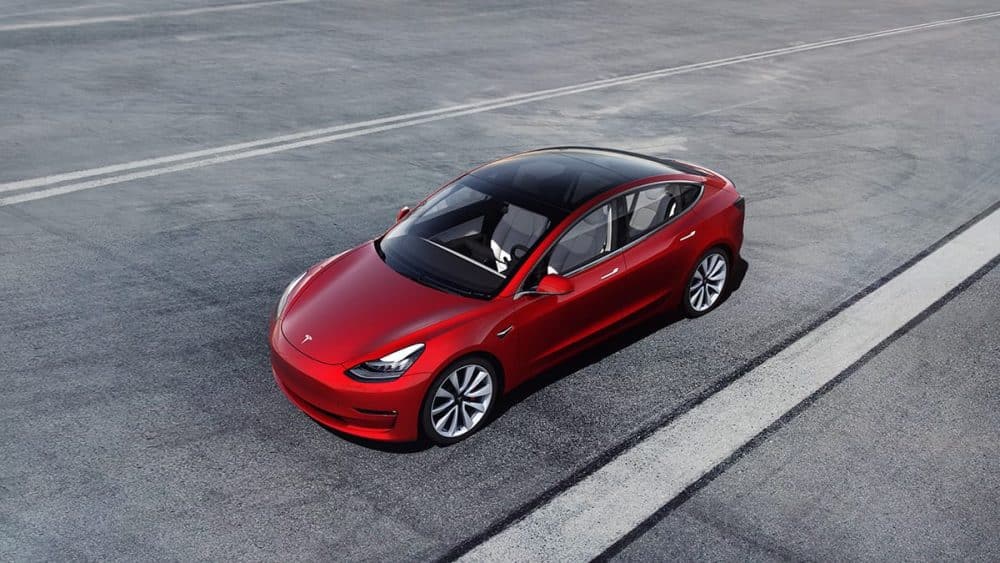Water has always been a necessity as our bodies cannot survive without hydration, plus the rest of the ecosystem relies on it for that, and other reasons.
Over the past century, energy has evolved from merely a convenient light source to an integral part of the global economy and it helps to sustain us by powering factories, heaters, etc.
One water-energy nexus is that energy is used to power the pumps that are necessary to transport water to homes and businesses.
While energy and water are seemingly unrelated, the issue of the water consumption of steam (coal, nuclear) power plants, which are ubiquitous, connects them.
Example: A typical 500 MW coal power plant would consume 12 million gallons of water hourly for cooling and other process requirements.
This is not sustainable in drought-stricken regions, and in the future, will become less sustainable as water shortages become more prevalent worldwide.
What Steps Can Individuals, Businesses or World Leaders Take to Address These Issues?
Individuals
Stop relying on coal: Homeowners and renting landlords could equip their houses with solar panels, as they don’t pollute the air and emit CO2 as coal power plants do. They also require less water.
Residential solar can minimize the need for energy storage, because the solar panels would be distributed widely over entire countries. This means a larger than normal percentage of the solar panels would be able to avoid cloud cover.
Business Owners
Cool steam power plants using seawater/waste water, due to its abundance.
CHP plants are efficient, and they provide heat without burning additional fuel (which would require more water).
Program air conditioners to shut off after work, and stop using recessed lighting fixtures.
Governments
Governments should, if possible, and sometimes already provide incentives to encourage people to “go solar” to heat water or generate electricity.
A Solution to Water Shortages: Wind and Solar-Powered Desalination (with minimal energy storage)
Wind and solar-powered desalination will not only keep the cost of pumping water from rising with energy prices, but pump it without emitting greenhouse gases such as CO2, and pollutants into the air.
I mention the importance of having the most diverse array of solutions on the table, because one cannot solve all problems. Desalination is no exception to this rule, however, it is a helpful solution to shortages, due to the fact that the ocean is a terribly abundant source of water.
Desalination is particularly suitable for coastal areas because the further a desalination plant is from the ocean, the more energy is required to pump seawater into it.
Improved extraction technology lowered the cost of other extraction processes. The same can be done for water.
Wind, sunlight, and ocean water all have one thing in common: They are abundant, and are at least somewhat accessible in all parts of the world.
Wind turbines and solar panels can power the pumps required to transport water from the ocean to tanks at desalination plants. Since tanks store water, they can be designed to store extra water by making them bigger, for when wind or solar power generation is inadequate until the wind picks up, or until cloudy moments pass.
This concept makes it possible to use less energy storage to back up the solar and wind generators, and it can eliminate the need for it, if the water tanks are big enough.
Wind and solar generators can also power the desalination process. The desalinated water can be stored in tanks large enough to hold enough extra water so that when there is too little wind or sunlight, the tanks will have enough left.








